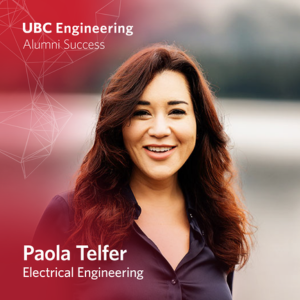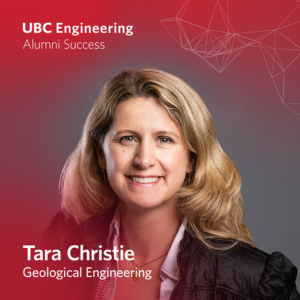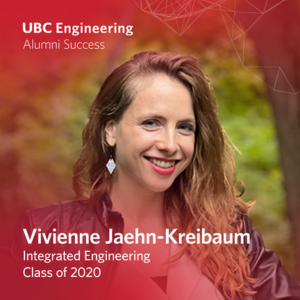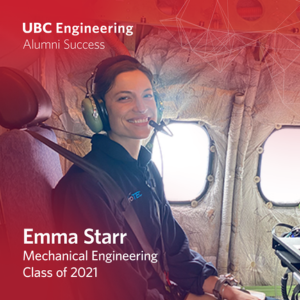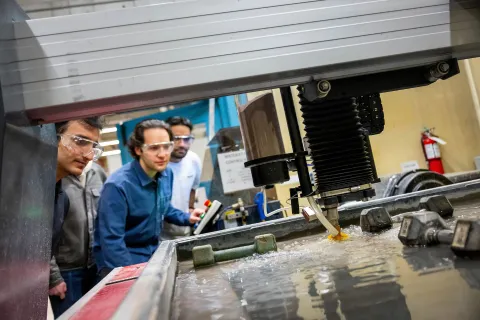
Ever wonder what an engineer actually does all day?
It’s a good question – and as you might guess, there’s no one answer! That’s because the scope of work that engineers do is so broad, spanning everything from the smallest nanoparticles to global-scale projects.
UBC Engineering grads at work
Here’s a look at where some UBC Engineering alumni are applying their skills across a range of industries and projects:
The many paths taken by UBC Engineering alumni reflect the many directions an engineering degree can take you. If you’re looking for choice, UBC offers 14 engineering programs at its Vancouver campus, ranging from biomedical engineering to mining engineering, while UBC Okanagan offers five programs, with options to concentrate in specific areas, like aerospace, mechatronics and biomedical.
One degree. Two campuses. Your choice.
Focusing on different aspects of the design cycle
You might have also noticed from the alumni profiled above and elsewhere on our site that engineers spend their days doing a mix of creative problem-solving, technical analysis and collaborative teamwork. These are all part of the design cycle, which is the process by which engineers come up with and test their ideas.
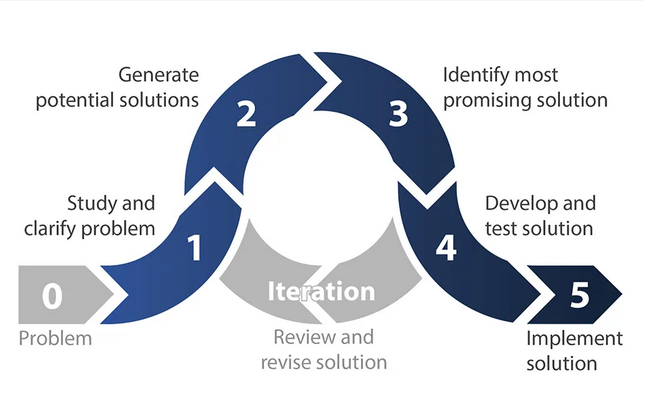
You’ll get very acquainted with the design cycle during your engineering education, starting right in first year. In their day-to-day jobs, some engineers may be involved in all stages of the design cycle, whereas others may focus in one area, like developing and testing solutions.
Read more about the design cycle
Over the course of your engineering education at UBC – as well as your experiences in co-op, on design teams or in other extracurricular activities – you will . There are lots of opportunities to build your knowledge with hands-on projects, enabling you to identify your strengths and passions well before you graduate.



